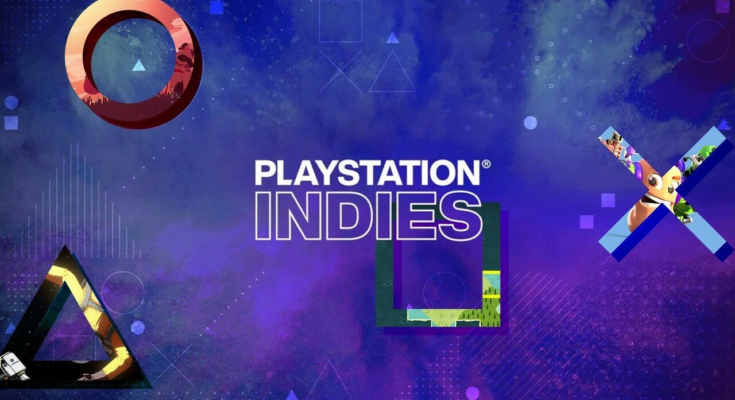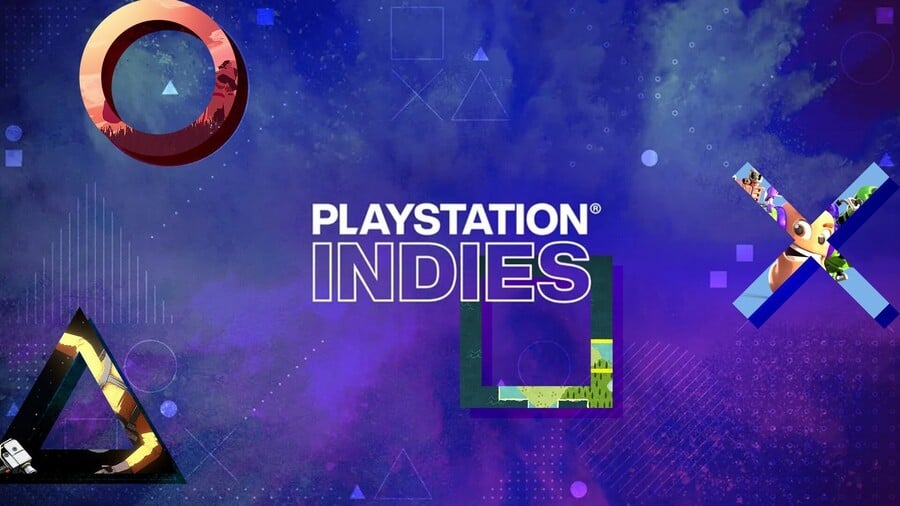

As Sony focuses its first-party efforts on delivering a wide range of PlayStation 5 blockbusters, the company is starting to fail the independent developers that produce the vast majority of games available on the PS Store. Smaller teams are struggling to work out how to put their own titles on sale, navigating a mazy backend, and debating whether they should continue with ports to Sony consoles at all following disappointing sales figures. It’s a story we’ve heard before in fits and starts, with various indie studios suggesting all is not well behind the scenes here and there. However, a new outcry from the development community has brought about another wave of legitimate criticism.
We’ve spoken to multiple indie developers to try and get to the bottom of what Sony isn’t doing that competitors do, how it essentially ignores pleas to include titles in PS Store sales, and what can be done to improve the situation. Under the promise of anonymity for some and others who are happy to be named, members of the indie community describe an ordeal that leaves them at their wits’ end.
By sharing their experiences, they hope to make indie games better for everyone. Most developers told us that direct and engaging communication is a problem for every platform and storefront going, and independent teams want it to improve. This is an effort to make that happen rather than dump on a specific company. Sony hasn’t responded to our request for comment on the report.
As consumers, what we can all relate to most is PS Store sales. Hundreds of PS5 and PS4 games are discounted every few weeks, but the process to actually make that happen for an indie developer is anything but simple. Sources speak of having the front door shut on them, with requests from developers to have their own game receive a temporary price drop largely ignored. “For one title we had to pester them for months on end, with the game eventually being included in its first indie sale several years after launching.” A separate studio then told us: “For our recent title, whenever we tried inquiring about participating in sales, we got a robot-like reply that stated we need to be invited, and the invitations never came. For our other game, it’s a wonder if we get one to two sale opportunities per year, if we’re lucky.”
What’s especially important to note here is that indie developers cannot discount their games as they please — they must be invited to do so by Sony. Invitations are handed out more frequently if you produce big games and are successful, and being allocated an Account Manager can help with the process. But what if you’re never granted access to one in the first place? One project manager told us that despite asking, they’re none the wiser about how to actually obtain one. “I think they deliberately keep their wording about it vague and are using the invite system excuse to not touch upon this. Based on the fact that we generally always got the same reply when we asked about sales, we never really saw the point of probing harder, since it felt like we were talking to a stone wall.”
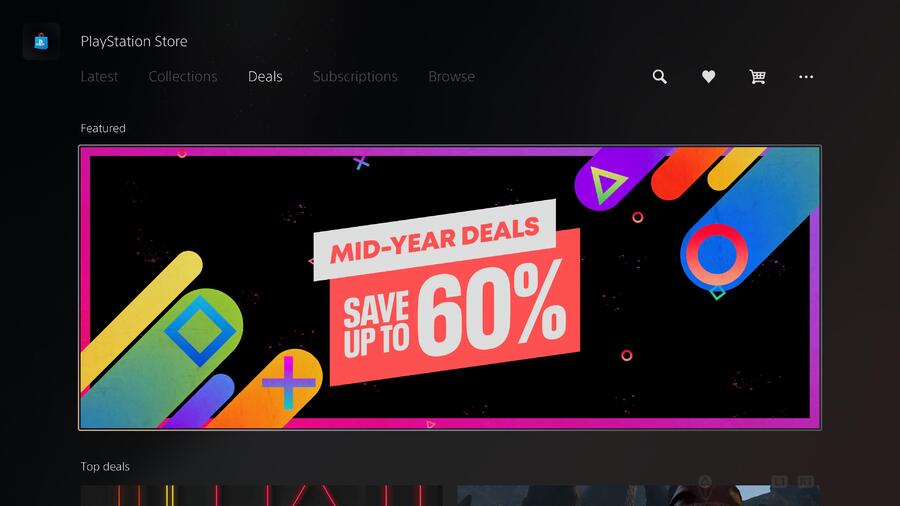
Sony Managers Considered Great But Tough to Contact
Matthew White, managing director and CEO of Whitethorn Digital, does have an Account Manager at Sony, but speaks of extremely poor communication when help is needed. “Our Account Manager and his bosses are excellent, but it feels like they are absolutely buried in work. Email responses are extremely slow, on the order of weeks to months. We have a specific CRM category for Playstation to remind us to bug them to make sure things happen. Even then, it’s a stab in the dark. Usually it results in a 3AM frantic Twitter DM to a friend inside the company begging for something to happen.” In terms of the teams we’ve spoken to, it appears you’re either not allocated an Account Manager at all or they’re so busy with other work that they don’t have the time to fix your problem there in the moment.
There was one exception to that, however. “I have a monthly call set up with our Account Manager. These are incredibly beneficial conversations where they can clarify questions we have, but a lot is out of their hands such as getting our titles into more sales, getting our titles featured (past pushing it to the right marketing people), and getting us included in larger marketing initiatives such as events.”
PS Store sales are incredibly important to indie developers, with a source considering them “one of the most important aspects” when it comes to simply being an independent studio. “Having a limited ability to discount our titles, and get featured through sales really hurts our revenue.”
When sales on PlayStation platforms are compared to other consoles, developers note how much more support they receive on storefronts so their games can be marketed better. “With regard to PlayStation vs. Xbox, the entire difference comes down to the fact that Xbox allows us to control sales, analyze marketing, set promotions, run messaging, and more — PlayStation does not. Xbox invites us to things, puts us in promotions, surfaces our games, PlayStation does not. This isn’t a big secret — just time yourself finding a given indie game on any platform — say Shovel Knight. Compare the time and number of button presses required to buy that game on all platforms and see for yourself,” explains Matthew White.
Indie Devs Left Waiting Up to a Month After Game Release for Sales Figures
Another developer told us that if it releases a game on all platforms, Sony platforms generally make up just three to five per cent of sales. “I think this is just because Sony as a platform doesn’t sell indie games as well as some of the other platforms. Their emphasis is on AAA games, and large scale/high fidelity indie titles. If you have a small pixel art 2D game, it has a difficult time finding an audience with Sony and their playerbase.”
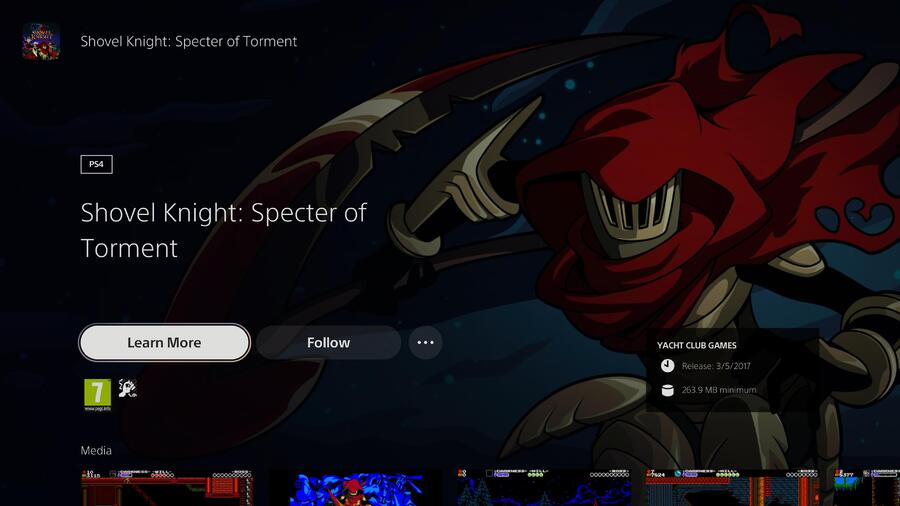
Some developers don’t even learn of their launch day sales until almost a month after the fact. Matthew White said: “Without exaggeration, our PlayStation launch strategy is ‘launch the game on PlayStation, pay for PR to PlayStation focused outlets and streamers, and hope for the best.’ We receive reports from all platforms and partners in one way or another, usually the day of or after sales to let us know how launch went/is going. PlayStation reports at fastest 30 days after a sales transaction, so we are sort of in blind limbo until we receive invoicing.”
Moving away from PS Store sales and one other problem many indie developers face is interacting with Sony’s backend. It’s here where studios can submit game patches, publish titles, and access development-related aspects and tools. Except it’s such a maze of a backend that it can be tough to know where to start if you’re new, with different portals that spin off into various uses. Documentation is provided by Sony, but it’s pretty much a non-starter. “There are simply some actions that you probably can’t do unless you find out about it from someone else or asking support about it, since a lot of the publishing process is not properly streamlined.”
PS Store Submission Is So Complicated One Dev Wrote Its Own Set of Instructions
Another developer told us how it has actually produced its own internal instructions on how to navigate Sony’s backend, circumventing the supposedly useless official documentation. “In time, you begin to understand where everything is, but that’s probably just from repetition — or in our case, internal documentation that we notate for ourselves to act as a reference for other members of our team. The difficult thing that comes up is just having to jump between all the different portals to achieve the common goal of what you might be working on. For example, you are looking to patch your game: you go to one portal to submit the patch, you open up a program on your computer to upload the patched build for Sony to check, you then need to go to a separate portal for the next steps to continue the process, you then jump back to that original portal for additional steps, back to the previous portal to then set your approved patch live.”
The backend was changed last year, with the prior system actually allowing you to place some manual discounts on your games in certain regions. This feature was disabled entirely with the backend update, which was being rolled out along with the PS5. The update didn’t take away any more features, but studios feel like they’re stuck in-between two different pipelines. “Movement has been generally slow and documentation often lags behind updates. Parts of the process change on an almost weekly basis and it oftentimes needs to involve multiple reps, support tickets and parts of the backend (which is still split into two different pipelines) to make movement on specific issues — we’ve been blocked by Sony directly on things like updating ratings, terminology usage, trophy visibility and patch review all within the last few months. However, my team does recognize the active changes and streamlining Sony is heading towards. Though there are instances where we wish it was similar to the pipeline we had grown accustomed to over the past few years.”
Meanwhile, these features are housed under a single portal on Xbox while Nintendo stretches to two for publishing patches. It’s immediately clear how cumbersome Sony’s approach can be as a result. “For Xbox, this is all done in one portal, which is extremely nice and reduces the opportunity for someone going through the process to get lost or miss a step. Nintendo also uses one portal largely, but then a second one for publishing patches — however, this is just a two-step process.”
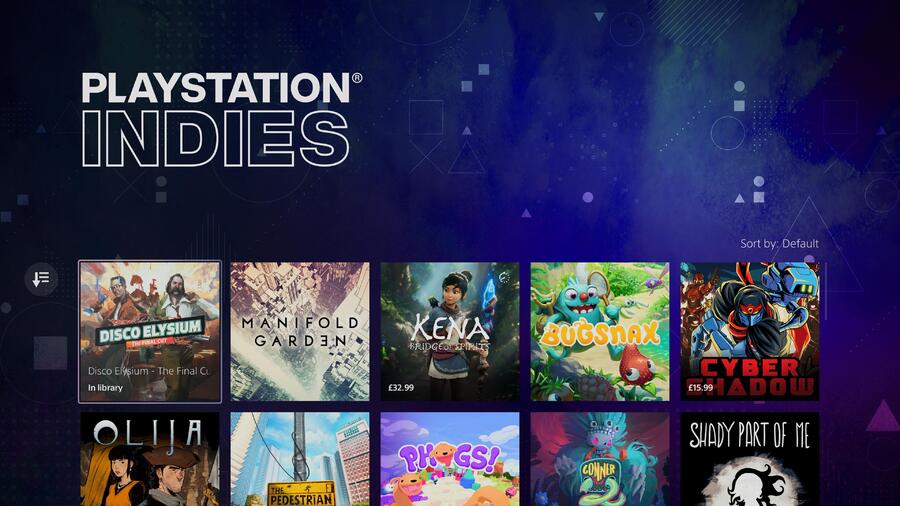
There seems to be some light at the end of the tunnel as Sony transitions to the new backend system previously mentioned, but for now, it’s all still very much a hassle. “It feels like a platform that makes sense to them who’ve worked for years in it and are now familiar with it, but not for a new developer trying to publish their game for their first time, you don’t know where you should go first, where should you upload your build, where to submit for QA, where you need to upload your storefront assets or where do you ask for marketing support (and for the most part, these are on separate portals). As an added extra, especially during the pandemic, they still require you to have a static IP address, which can certainly be a hassle to work around depending on your team and how spread out it was.”
Developer’s Own Promotion Garners Ten Times More Views Than Official Sony Spotlight
In the lead up to the launch of an indie game and the months afterwards, Sony has its own avenues of offering promotion. That includes the PlayStation Blog and YouTube channel trailer uploads, but it’s disputed how much the former actually helps. Developers are not provided with any metrics or statistics after being featured on the PlayStation Blog, leaving them in the dark as to whether the coverage was a success. YouTube views are much easier to track since they’re made public for everyone to see, and Matthew White believe the channel form is great as it generates a lot of views. However, he notes the results are no better than the promotion done by Whitethorn Digital itself.
For example, the launch trailer for Evan’s Remains generated 114,000 views at the time of writing on the official PlayStation YouTube channel. Compare that to the 1.1 million views on the studio’s own YouTube channel and it’s easy to see why developers would question why they should bother with promotion through Sony in the first place. (It’s worth noting, however, that the official upload likely ran as a pre-roll ad, thus boosting its overall views.)
But what if you are looking for direct promotion through PlayStation? One developer explains how they were effectively given the cold shoulder. “I don’t think we even got our trailer featured on their YouTube channel, and besides that I remember the only other thing we were offered was a blog feature, where due to tight scheduling they weren’t up for working with us, and posting the feature after launch wasn’t something they seemed to be interested in. And… that’s it.”
Indie Devs Question Whether to Bother with PS5, PS4 Ports in the Future
Given this total lack of support, it leads some developers to question whether they should bother with ports to PS5 and PS4 in the future. Sony “were easily the worst performing in terms of sales and by far the most demanding and hardest to work with in terms of getting on to the platform. As an indie developer, you have limited resources. So you have to ask yourself if it’s worth the time and energy committing to a port when they aren’t going to promote you and sales are going to be significantly lower than all other competing platforms.”
Every developer we spoke to wants to see Sony improve because, at the end of the day, they love the platforms offered and the sort of titles PlayStation Studios produce. What needs to get better is the hardware manufacturer’s communication and more opportunities for indies to be featured, both on the PS Store and outside of it. “The titles earning the most revenue are already successful, and if we can work to divert a small portion of their revenue to the smaller titles, we can make game development sustainable for many more people.”
“Ultimately, all we want is for PlayStation to listen and make their platform a more welcoming place for indies. I think Xbox and Nintendo are proving how well they can do in that space in recent years. We love the PlayStation hardware, we like the exclusive games, we just wish there’d be more of a place for all of us out there that are putting in the work to have our games available on their platform.”
